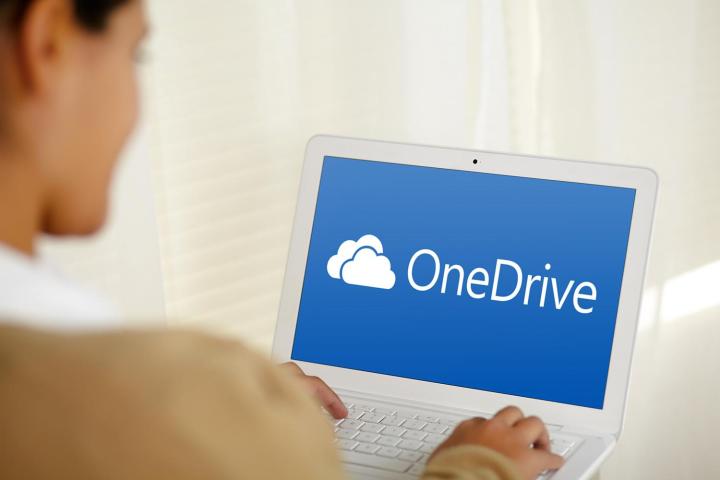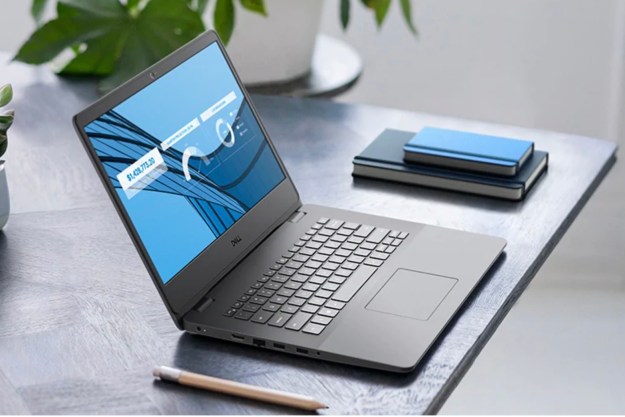
During a presentation, Microsoft revealed that the OneDrive feature, now called On-Demand Sync, will work just as it had before: creating local thumbnails of files stored in the cloud. The on-stage example consisted of around 9GB of files stored online while OneDrive only used 3MB of hard drive space on a local machine. The placeholder thumbnails were also somewhat faded in color in contrast to the icons of locally stored files, the latter of which had a green check mark indicating that they were stored locally.
Microsoft didn’t say when On-Demand Sync will officially be injected into OneDrive, and the feature currently isn’t available to participants of the Windows Insider program. There is a good chance it won’t officially show up until next spring when the Redstone 2 update is expected to arrive, bringing features that didn’t make it into the just-released Anniversary Update (Redstone 1) release.
The confusion over the original placeholder feature was understandable. Placeholders were stored in the customer’s OneDrive location on the hard drive, and a visual thumbnail was provided for their associated files stored on Microsoft’s servers. Thus, the user would see the thumbnail of a document in File Explorer, but the actual document would reside in their OneDrive space in the cloud. This was great for customers who stored large videos online to free up space on their hard drive.
However, apparently there were consumers who just didn’t understand this, and complained because all the files visually present on the screen really weren’t stored locally when they went offline. Microsoft removed the feature entirely with the launch of Windows 10, and evidently went back to the drawing board to make it universally accessible.
In an interview in December 2015, Microsoft’s Corporate Vice President Jeff Teper said that placeholders mostly worked when the feature was active, but the system was never fully integrated into the Windows file system. That meant many apps, APIs, and command line tools “didn’t work as they should.” He added that placeholders needed to be on a file system level, not a user interface level.
Right now, OneDrive provides a Selective Sync feature. Users can determine what files they want to keep locally on their PC’s hard drive by right-clicking on the OneDrive icon and selecting Settings > Account > Choose Folders. Once users deselect a folder for the first time, OneDrive will warn that the files and folders will remain in the cloud while the local versions will be erased.
We expect that On-Demand Sync will show up in a Windows 10 Preview Build in the near future for Windows Insiders. Right now, the company is focused on the Windows 10 core and likely won’t introduce new features for a while. But with the On-Demand Sync cat now out of the bag, that’s one less surprise to expect from the mysterious Redstone 2 update slated for 2017.
Editors' Recommendations
- OneDrive is ruining my PC gaming setup
- It’s not just you — Microsoft admits its patches broke OneDrive
- What is OneDrive?


